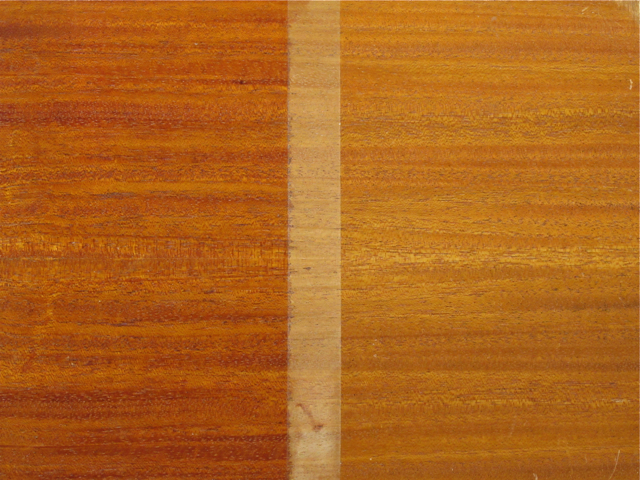We may receive a commission when you use our affiliate links. However, this does not impact our recommendations.

You can improve the protection of an oil finish by applying another finish on top (left). After a year or more, the oil will darken giving you a darker and richer coloring.
Oil and oil/varnish-blend finishes are not very protective against moisture because they are too thin; they can’t be built thicker because they don’t harden well.
But these finishes are very popular because they are so easy to apply. So they are often used when a thicker film-building finish would be a wiser choice. It is therefore not uncommon for woodworkers to want to add more protection at a later date when they experience how vulnerable these finishes are to water. How do you do this without having to strip and start over?
You can apply any finish over an oil or oil/varnish blend as long as it is thoroughly dry, just as you might paint over one of these finishes. In fact, some woodworkers apply oil under a more protective finish intentionally to take advantage of the added color and depth linseed oil provides.
“Thoroughly dry” usually means up to a week in a warm shop as long as you wiped off all the excess oil during application. It could mean longer if you didn’t wipe well or if the shop is cold. Here’s what will happen if you apply the finish too soon.
Alkyd and polyurethane varnish will blend with the uncured oil and not dry hard itself. You will be creating an oil/varnish blend with the uncured oil.
Water-based finish won’t bond well. It may even wrinkle.
Neither shellac nor lacquer should cause any problems after several days of drying.
Here are some supplies and tools we find essential in our everyday work around the shop. We may receive a commission from sales referred by our links; however, we have carefully selected these products for their usefulness and quality.









